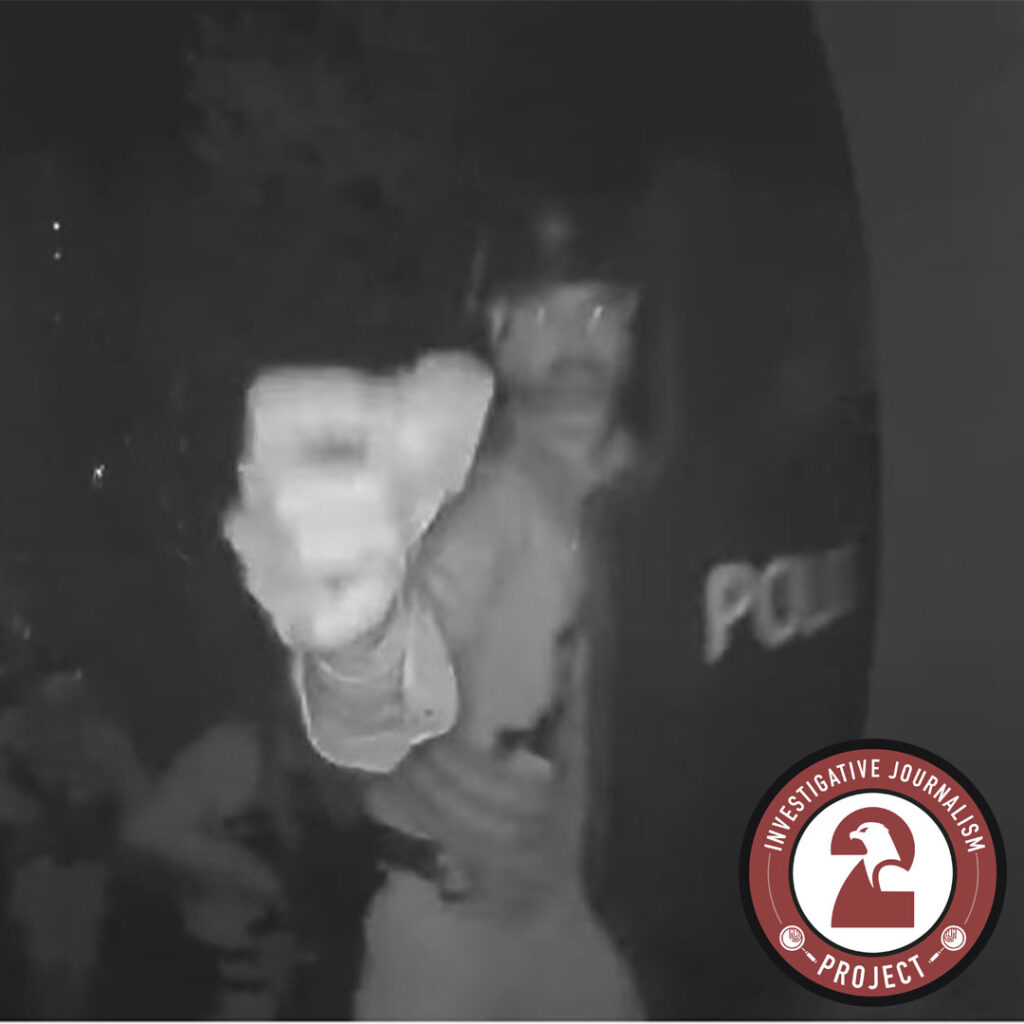by Lee Williams
The ATF went to Bryan Malinowski’s West Little Rock home last month spoiling for a gunfight, and they got one. Now, a good man is dead – the latest victim of ATF’s overly aggressive tactics and complete disregard for the sanctity of human life.
ATF has yet to comment officially on the March 19 killing, other to claim Malinowski fired first. But Malinowski’s family recently released a statement, which confirms what everyone already knew: It is extremely unlikely that the 53-year-old airport executive knew he was trading gunfire with federal agents. It is far more likely Malinowski believed he was defending himself and his wife from armed home invaders.
“Bryan Malinowski was asleep but rose to the sound of the door crashing and located a firearm. His wife believed the noise must have been intruders and she fully believes her husband thought the same. He loaded a magazine into a pistol and emerged from the master bedroom into a hallway leading indirectly to the front entryway. He reached a corner in the hall and looked around it to see several unidentifiable figures already several steps inside his home,” Malinowski’s family said in the statement. “We do not know who shot first but it appears that Bryan shot approximately three times at a decidedly low angle, probably at the feet of the intruders who were roughly 30 feet away.”
ATF agents shot Malinowski in the head with a carbine at least once. He lingered for two days and then died from his wounds. ATF did not immediately release his body, so the family was not able to donate his organs.
Tactically unsound
The Malinowski family described ATF’s tactics as “reckless and incompetent, and completely unnecessary.”
In their statement, the family points out that ATF had Malinowski under surveillance for days. They had surreptitiously installed a GPS tracker on his vehicle, and undercover ATF agents had made several controlled buys from him at gun shows. More importantly, they knew where he worked and where he lived. They didn’t need to raid his home at zero dark thirty.
“At this stage there is no publicly available evidence showing whether agents knocked on the door or announced their presence, adequately identifying themselves,” the statement reads. “Bryan’s wife Maer only heard loud banging immediately followed by the crash of the front door being forced open.”
ATF had a host of less-lethal arrest options available, any one of which would have spared Malinowski’s life.
They could have arrested him at the Clinton National Airport, where he served as executive director. They could have pulled him over on his way home and arrested him in his vehicle. They could have called Malinowski’s attorney and told him to turn in his client.
If agents were deadest on confronting Malinowski at his home, a callout would have been much safer for all involved. Once the home was surrounded, agents could have contacted Malinowski on his cellphone – they knew the number since they had a warrant to search his phone – and ordered him to come out with his hands up. If he didn’t answer his phone, a bullhorn would have sufficed.
A video from a neighbor’s doorbell camera shows that agents arrived at Malinowski’s home in 10 separate vehicles. If they would have activated the emergency lights in all of these squad cars, Malinowski’s entire neighborhood would have been bathed in red flashing lights. Malinowski would have known immediately there were law enforcement officers stacked outside his home and not criminal home invaders.
Finally, agents could have simply slowed down and waited for Malinowski to answer the door, rather than breaching and storming in, which caused the armed confrontation.
“Absent exigent circumstances (danger of losing evidence-drugs down the toilet; propensity for violence or escape) case law requires law enforcement officers to give dwelling occupants a reasonable time to come to the door and let them in,” Malinowski’s family said in their statement.
Unfortunately, ATF’s raid planners chose the most dangerous option – the one tactic most likely to end in gunfire – that any seasoned tactical officer would utilize only as a final course of action, after all else had failed.
Potential charges
Malinowski did not have a Federal Firearm License, yet he routinely sold firearms at gun shows. In their search warrant affidavit, ATF suspected he was “a person engaged in the business of selling firearms,” which his family points out is difficult to define.
“A private seller may do so until such time they cross a subjectively defined barrier becoming ‘a person engaged in the business of selling firearms.’ As stated, there is no bright line test. It is a subjective test. A citizen’s ability to sell firearms without a license is sometimes referred to as the ‘gun show loophole,’” their statement reads. “Mr. Malinowski’s family and close friends don’t think he had any inkling ATF was concerned about his gun show sales. They are all confident that he would have never jeopardized his career in airport management by knowingly flaunting a regulation pertaining to his weekend hobby.”
Malinowski’s attorney correctly noted that if he had been convicted of his crime, Malinowski would likely have received probation or even pre-trial diversion, not a prison sentence, but such speculation is moot. Malinowski will never have the opportunity to answer ATF’s accusations.
“It would be grossly improper for anyone to suggest any U.S. citizen guilty of any crime based only on the contents of an affidavit in a warrant application. Even so, in the search warrant affidavit Bryan Malinowski is never accused of knowingly selling any gun to anyone he shouldn’t have. It only suggests he (perhaps unknowingly) crossed a subjective line which put him in a different class of weekend gun seller and obligated him to buy a $200 FFL license,” the family stated.
Takeaways
If a tactical team botched a raid this badly at any real law enforcement agency, careers would end and heads would roll.
At ATF, who knows?
If there even is an internal review, the outcome will be preordained. Awards, commendations and promotions will be showered upon all participants. Never mind that a life was taken – an innocent man was killed because ATF leadership is obsessed with using their SWAT teams.
These type of needless killings will continue. That much is certain. ATF has never learned from its mistakes. Neither Ruby Ridge nor Waco taught them anything about the proper application of force.
In a similar raid last year, more than a dozen ATF agents wearing tactical gear and armed with AR-15s stormed the rural Oklahoma home of Russell Fincher, a high school history teacher, a Baptist pastor and a parttime gun dealer. Thankfully, no one was injured or killed during the confrontation. However, at the time we predicted that if ATF continued deploying its SWAT teams haphazardly, without direction or proper planning – escalating rather than deescalating situations – someone would be killed. Eight months later, Malinowski was shot to death in his home.
Who holds ATF accountable? The Biden-Harris administration certainly won’t. ATF leadership is operating under the administration’s explicit orders. Their agents have become foot soldiers in Joe Biden’s war on our guns.
Unless the agency and is leadership is held accountable, only one question remains: Who will ATF shoot next?


